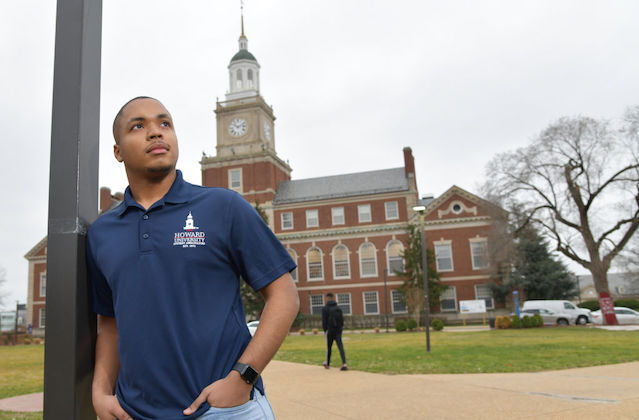A group of Historically Black Colleges and Universities (HBCUs) will soon be lovingly restored and preserved for future generations. The African American Cultural Heritage Action Fund, which is a multi-year initiative led by the National Trust for Historic Preservation, announced a $1 million investment to pilot the HBCU Cultural Heritage Stewardship Initiative, according to a statement from organizers. The plan is for this program to “provide technical assistance and fund preservation-based stewardship plans at up to eight HBCU campuses across the country.”
African American Cultural Heritage Action Fund explained that a stewardship plan seeks to establish “a preservation solution and course of action for the future conservation and reuse of a historic building, landscape, or campus.” Leaders of each selected HBCU will be empowered with enough resources to “protect, preserve, and leverage their historic assets,” organizers said.
Actress Phylicia Rashad, who also serves as the Action Fund’s Co-Chair and Brand Ambassador, said that this is truly an act of love for these crucial institutions. “HBCUs across the country are both an embodiment of and testament to excellence and perseverance,” she said in the statement. “All HBCUs connect generations together and serve as both the creators and chroniclers of achievement in America. And yet, too many HBCU campuses need restoration and reinvestment.”
According to the statement from African American Cultural Heritage Action Fund:
Since their founding in the 1830s, the number of HBCUs have grown into 105 Congressionally designated schools that tell the remarkable story of African American activism and the fight for education equality. These campuses and landscapes—of which many were designed and built by African American architects and students—display ingenuity and craftsmanship, and they serve as landmarks in the communities that surround and support these institutions. Despite this pivotal role, the preservation of HBCUs is often overlooked and vastly underfunded, leading to deferred maintenance, vacancy, and the threat of demolition to many significant historic buildings.
The plan for the pilot program is as follows:
…the HBCU Cultural Heritage Stewardship Initiative will fund up to six single-structure and two campus-wide preservation plans during the pilot program. The Initiative’s grant cycle will open in the fall, and eligible HBCUs are encouraged to apply for direct funding to hire qualified consultants to develop stewardship plans. The National Trust will further support HBCUs by providing technical assistance during the planning process, connecting HBCUs to resources, and encouraging the engagement of African American design and preservation students, architects, and professionals during the planning and implementation phases. A community of esteemed national leaders in campus planning, architecture, and landscape design will advise the National Trust as a part of the Initiative’s Advisory Committee.
Paul Edmondson, President and CEO of the National Trust for Historic Preservation, said that it’s important for HBCUs to be useful for modern times without losing their historical significance.
“Only a handful of HBCUs have campus preservation plans that identify their most important historic resources or give direction for their long-term stewardship,” said Edmonson. “HBCU’s are tremendously important institutions in our national life and their assets must be invested in and adapted for modern uses, while also celebrating their imbued legacies and storied past.”
